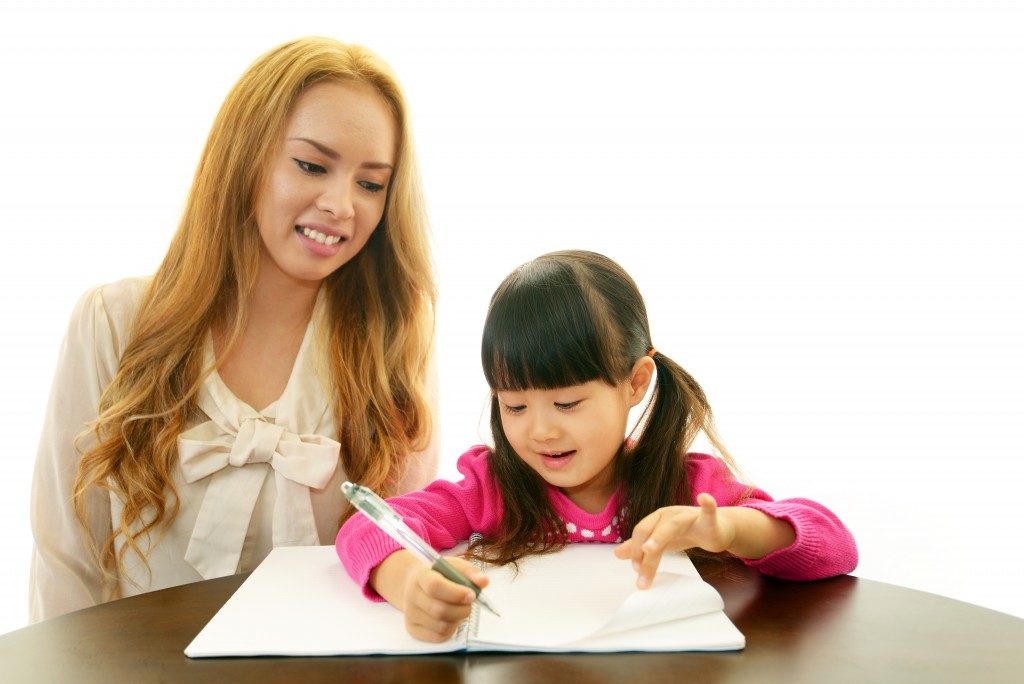We marvel at people who know how to speak a language other than their own. We look at multilingual people differently because they are unique in that way. That’s why we admired Natalie Portman more when we learned she’s fluent in English, Hebrew, Japanese, German, and Spanish. How can someone be that beautiful, successful, and learned in many languages? Well, it has nothing to do with her beauty. She may have a facility for languages, but she also worked hard to learn these.
One way for your children to learn German, for example, is to use German books appropriate for teachers. These books will teach you how to impart knowledge to your kids. They will guide you on the different stages of learning a language. Also, they will give access to activities that will encourage learning and understanding.
Get Started Early
The best time for your kids to start learning a second language is when they are ten months old. This period is the time when they are beginning to narrow down the range of sounds that they hear. Every infant is born with the natural ability to mimic sounds. But it is not until they are in their tenth month that they can mimic what they hear.
If you live in a bilingual or multilingual home, assign someone to speak to your child in the second language. That will immerse the baby well in the sounds of the other language. If you haven’t begun teaching your children a second language in the first year, start when they’re about two or three. That will give them the chance to “perfect” the first language before moving on to the second or third language.

Enroll in a Class
You will find it hard to teach your children a second language if no one speaks it at home. You can find a class that will introduce a language to a two-year-old. You can even enroll in it yourself so you and your kid can learn together. Other courses provide lessons for kids of preschool age and older.
Make sure that the instructor is a native speaker and uses activities that are fun and engaging. You should check the class’s duration. Some courses last for 45 minutes while others go as long as 90 minutes. Ask if you can observe the class first so you can gauge if it’s the right one for your child.
Learn at Home
Classes are a good foundation for learning a new language. But as parents, you need to help in learning this new language at home, too. Expose your children to foreign-language movies, music, and TV shows. Make sure these are appropriate for young children. You should also help your kids find an overseas pal or invite foreign-speaking friends to your home.
If it’s possible, take your kids to a culture trip to a place that uses the language, such as Rome, Paris, or Spain. That will give them a sense of understanding of what they are trying to learn. It will also make them appreciate the privilege of learning a new language.
There are many benefits to being bilingual or multilingual. It will widen your kids’ horizons. They will be more sensitive to other people’s cultures and traditions and will feel more connected to their heritage. Investing in your children’s language skills will go a long way toward developing their social, cognitive, mental, and emotional abilities.
